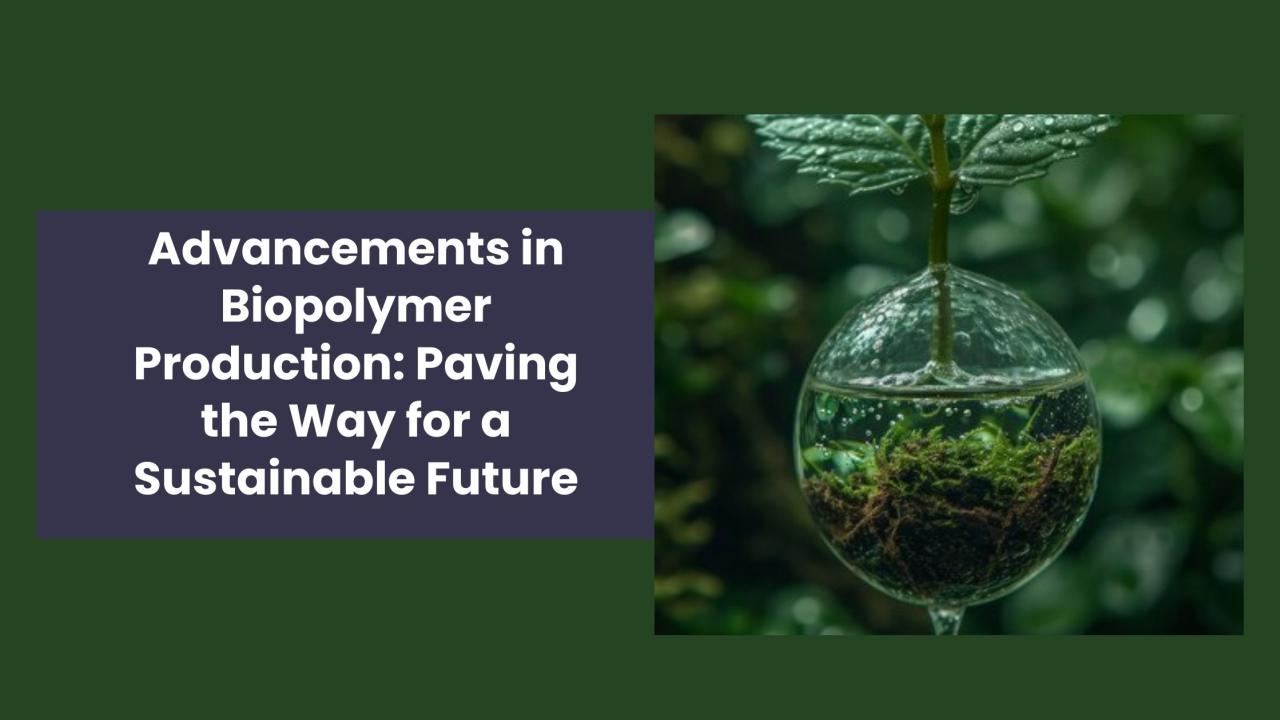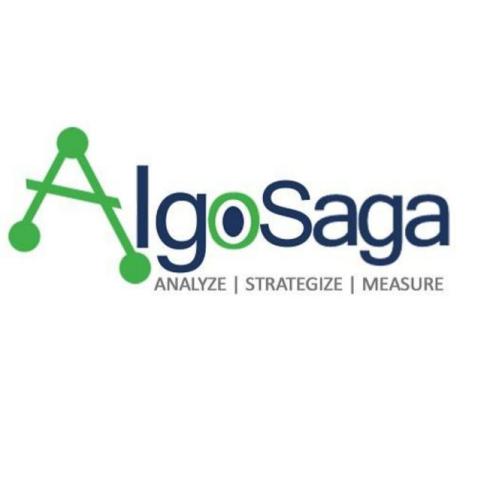The year 2025 is proving to be a game-changer in the field of biopolymer production. With industries globally shifting towards sustainable solutions, innovative breakthroughs are transforming how we manufacture and use biopolymers. This article will explore the latest advancements in biopolymer production, with insights from the upcoming biopolymer conference 2025, a leading polymers and plastics event.
What Are Biopolymers?
Biopolymers are naturally derived polymers made from renewable sources like plants, algae, or even bacteria. Unlike traditional plastics, they decompose more easily, reducing the environmental burden caused by plastic pollution.
Key Advancements in Biopolymer Production in 2025
Innovations are driving the production process forward, making biopolymers more efficient, durable, and cost-effective. Here are some of the notable advancements:
1. Bio-Based Feedstock Innovations
Scientists in Europe have developed a technique using agricultural waste and non-edible crops to produce high-quality biopolymers.
Companies are shifting to algae-based polymers, which require less land and water compared to traditional plant-based sources.
2. Enhanced Biodegradability
Researchers in the U.S. introduced a biopolymer that degrades 60% faster than conventional biodegradable plastics.
A study published in 2025 found that these new biopolymers reduce landfill waste by up to 45%.
3. High-Performance Biopolymers
The development of reinforced biopolymers is revolutionizing packaging and automotive industries.
These biopolymers now exhibit heat resistance up to 200°C, matching conventional plastics in durability.
4. Cost-Effective Manufacturing
Advanced enzymatic processes are cutting production costs by 30%.
Startups like GreenPolyTech have reported reducing manufacturing expenses while improving quality.
Case Study: GreenPolyTech's Success Story
GreenPolyTech, a startup from Germany, partnered with local farmers to source agricultural waste as raw material. By using innovative fermentation processes, they produced biopolymers that are not only eco-friendly but also 20% cheaper than traditional plastic alternatives. Their products are now used by major European packaging companies.
Market Growth and Statistics
The global biopolymer market is projected to reach $25 billion by 2025, growing at a CAGR of 14% from 2020.
Europe accounts for 45% of the biopolymer demand due to strict environmental policies.
Packaging remains the leading sector, representing 60% of the biopolymer applications.
The Biopolymer Conference 2025: Driving the Future
The biopolymer conference 2025, part of a premier polymers and plastics event, will be held on March 19-20, 2025, at the Steigenberger Airport Hotel in Berlin, Germany. This polymers and plastics event is a must-attend for professionals in the industry.
Highlights of the Biopolymer Conference 2025
Expert Panels: Discussions led by industry pioneers on the latest biopolymer innovations.
Workshops: Hands-on sessions focusing on sustainable production methods.
Networking: Connect with over 150 experts from leading biopolymer and plastic manufacturing companies.
Case Studies: Success stories from companies that have adopted biopolymer technologies.
Case Study: BioPack's Packaging Breakthrough
BioPack, a leading packaging company, will present its journey at the biopolymer conference 2025. They replaced petroleum-based plastics with bio-based alternatives, reducing their carbon footprint by 40%. Their sales increased by 25% due to growing consumer demand for sustainable packaging.
Why Attend the Polymers and Plastics Event?
Stay updated on cutting-edge research in biopolymer production.
Learn from companies that successfully transitioned to biopolymers.
Explore innovative machinery and production techniques.
FAQs About Biopolymers and the Biopolymer Conference 2025
Q1: What makes biopolymers different from traditional plastics?
Biopolymers are derived from natural sources and decompose faster, reducing pollution.
Q2: Are biopolymers as durable as conventional plastics?
Yes, advancements in 2025 have made biopolymers heat-resistant and strong, suitable for industrial use.
Q3: Who should attend the biopolymer conference 2025?
Professionals in the packaging, automotive, and manufacturing sectors interested in sustainable plastic alternatives.
Q4: How can I register for the polymers and plastics event?
Visit Leadvent Group for registration details.
Final Thoughts
The future of biopolymer production is brighter than ever in 2025. Innovations are making biopolymers stronger, cheaper, and more sustainable. Attending the biopolymer conference 2025, part of the polymers and plastics event, is a valuable opportunity to stay ahead in this rapidly evolving industry. Don't miss out on the chance to connect with global experts and learn how biopolymer production is transforming our world.













